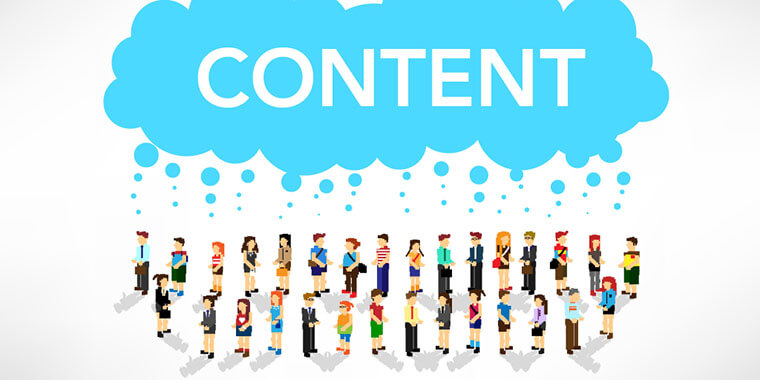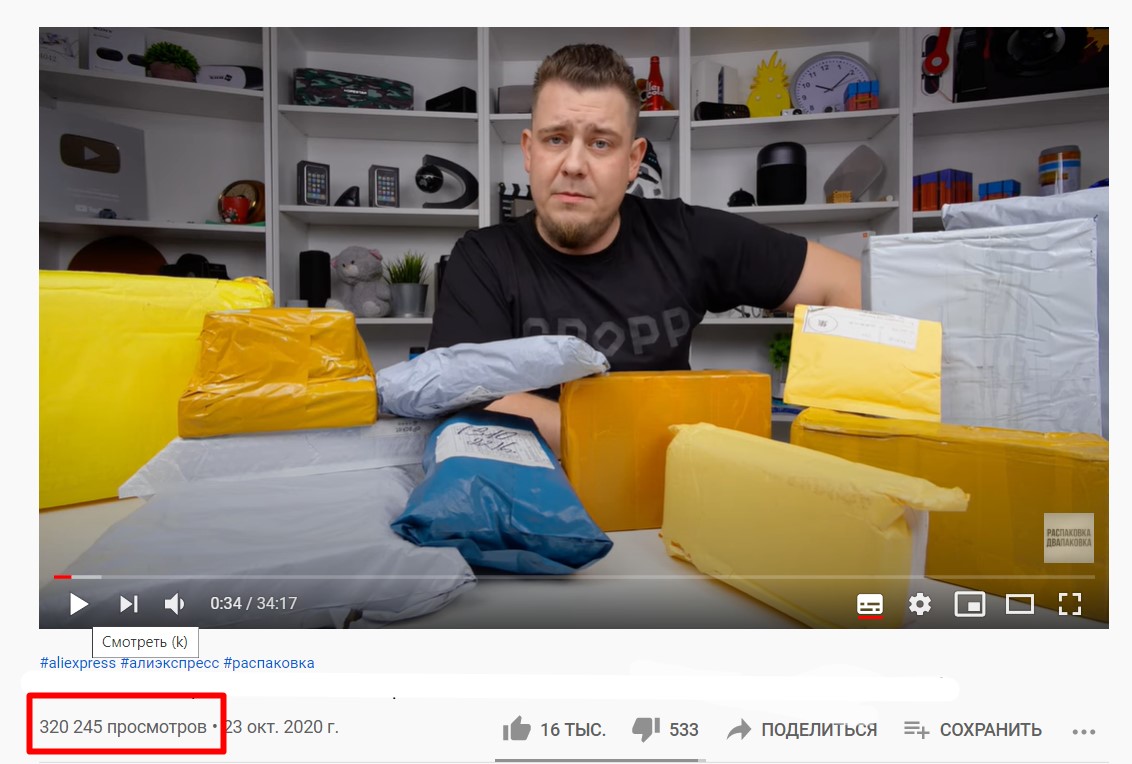
Texts
Conventionally, text content in online commerce can be divided into:
- informational and descriptive (descriptions of goods and their properties);
- - ( , .. );
- ( , , ..);
- — - ( ).
Previously, it was traditionally universally believed, and many still believe that the best conversion is possessed by selling texts created in various selling structures such as AIDA, AIDCA. AIDAS, DIBABA, OD, QUEST or other PPPP. I can say with confidence that this stereotype is not true. This is due solely to the fact that most of the selling structures have set the audience sore. And people who have minimal ideas and experience in marketing (and there are also a lot of them), they are recognized almost immediately, like any combination of them.

Selling texts and "magic words", as Ilyakhov called them, today work only in the case of a primitive and unassuming audience, with which, in general, any kind of banal advertising works. A typical example, which is outdated TV shopping. Thus, we can assume that the conversion of texts directly depends on the usefulness of the content, and not on the lexical techniques and style.
In my experience, the conversion of “selling” texts is actually equal to the conversion of descriptive content and characteristics in the datasheet, in 9 out of 10 cases. And any stories about the magic conversion from using AIDA are nothing more than an invention of those who want to sell the text at a higher price.
Selling structures almost never work with office equipment, electronics stores, pages of clothing and accessories marketplaces, online mobile salons. In a word, wherever the buyer has a relatively fresh perspective on what trade should be in the 21st century, he is the owner of high intelligence and critical thinking. The most difficult audience for selling texts, naturally, are programmers, engineers, scientists and, naturally, marketers. The result of this situation was that the Ilyakhovsky GLVRD.RU, which formalized the approach to editorial verification of the text, became one of the main tools for creating product descriptions.
Native promotion tools and content marketing are in demand today, i.e. text materials that by themselves carry a payload for the reader and do not try to convince him of something, misinform him or prove the need to “buy right now”. More and more Internet retailers are striving to use Ilyakhov's infostyle standards, which imply the elimination of any unnecessary vocabulary, clericalism, corporate stamps, amplifiers and other signs of cheap advertising. This style is not always suitable for blogs and storytelling, where the reader expects a presentation that is too individual for an info-style, but is quite effective for describing products and promotional offers.
Today, text in online stores is characterized by addiction, suggesting that the less the text resembles an advertisement, the higher its conversion. I conducted a survey among my clients and calculated that among them only four used sales texts for product pages and only one received an evidence-based increase in conversion and only for one product.
Visual content
The first thing that attracts attention is the increased requirements for image quality. There is a tendency of sales growth for those products that are represented by a large number of high-resolution photos. It is important that the product card contains a photo of the product at the time of use, for example, a person wearing headphones, a table in the interior of an office or open space, etc. If they are not there, there is a decrease in users' interest in the card (not less than 55%), the time that it lingers on the page decreases significantly (up to 70%), the number of refusals increases (also more than half).
Another important aspect is the number of views, especially if there are no options for showing 3D visualization or video. The photo should show as many angles as possible. It is also important that photos are indexed well by image search. To do this, it is recommended to optimize the image in accordance with the recommendations of search engines. A banal truth that many people forget - the higher the photo will be ranked in the image search, the higher the chance of getting a hot client.
3D rendering is slowly but surely becoming the norm. More and more retailers are choosing this method over traditional ones. There are now two main types of such 360 Photo content and 3D reviews. In the first, a panoramic photograph of the product is created, which allows you to rotate the product around its axis horizontally, and sometimes vertically. In the second (3D reviews), a 3D model of the product is created, on which a realistic texture of the product is stretched (almost like when creating computer games). This method allows you to arbitrarily (in any direction) rotate the model, demonstrate functions, for example, the rotary display of the camera, and create comments on the image (show connectors, other details that are significant for the buyer).

Both methods are not widely used due to the fact that the former is quite expensive, and the latter is only dealt with by one company in the world - REVIEW3. 3D reviews are created for the most popular electronics models (smartphones, smartwatches, cameras, etc.), reviews for other categories of products are not yet released.
Despite its limited use, 3D visualization has already demonstrated real changes in conversion after its implementation. For example, the A / B test of 3L reviews, conducted by Svyaznoy, showed a 7% increase in conversion compared to pages that did not host 3D content.
Video
Over the past decade, video content has become almost a key factor affecting conversions. According to various estimates, depending on the segment, having a video review on a product page adds 5 to 10% to conversion. Interestingly, the requirements for video quality are not as critical as in the case of photos. On the contrary, if a user finds a “sterile” marketing dummy in the video, he is likely to stop watching in the first seconds. This is eloquently shown by the differences in the number of views.
According to my calculations, views of a commercial video are on average 8-10 times less than the views of an average reviewer. If we are talking about a popular video blogger, then his reviews can be a hundred or more times more popular. There are cases when the release of one review led to the death of entire companies, which is especially likely in the case of startups and crowdfunding financing.

Starting, perhaps, from 2014 to the present, the review has the greatest value for the consumer. In most cases, the fewer hints on the marketing component in the reviews, the higher the confidence in it and the sooner the recommended or simply reviewed (even from critical positions) product will be bought. This is especially true for electronics.
It is also worth noting that the absence of any criticism is a very serious deterrent. In my experience, video pages that did not contain any critical product reviews sold 1.5% -3% worse than pages with independent and somewhat critical but generally positive reviews.
Perhaps my conclusion for someone will be too radical, but the more honest the video review of the product, the easier it is to sell it. Of course, there is a category of goods, absolutely any positive review on which would be a lie. In this case, my rule will probably not work, but this is only a small part of the b2c market.
VR content
Today, we are talking about experiments rather than full-fledged use of VR content in online retail. Meanwhile, in 7-10 years it will become a significant conversion factor, the only question is the ubiquity of reproduction technologies. The pessimistic forecast is that in 10 years the availability of VR content, which is likely to grow from today's 3D content, will determine up to 5% conversion, which is already a lot.

Optimistic - in 7 years, having an adaptation for VR viewing of the product will add 10% to the landing page conversion. I draw these conclusions based on the speed and dynamics of development of VR technologies and draw an analogy with how the influence of three-dimensional visualization tools, which in their essence and purpose are close to VR, gradually grew.
General conclusion
Obviously, in addition to the traditional growth in the quality of content, in the usual technical understanding of the term, conversion in online commerce is increasingly influenced, on the one hand, by conceptual factors, and on the other, by the speed of transmission of targeted information to a potential buyer.
Photo used:
vrgeek.ru/biznes-putevoditel-po-vr-dlya-startapov-i-investorov
maximilyahov.ru/blog/all/glavred-s-https